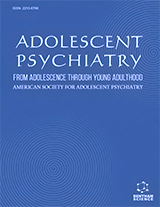Abstract
Bronchial carcinoid tumours were in the past defined as benign and classified as “bronchial adenomas”. Currently bronchial carcinoid tumours are considered to be part of a spectrum of malignant neoplasms with neuroendocrine differentiation. Bronchial carcinoid tumours are classified by pathologic features as typical carcinoid tumours or atypical carcinoid tumours with different clinical course prognosis. The most common symptoms are cough, hemoptysis and recurrent pulmoner infection. Paraneoplastic syndromes are uncommon and include Carcinoid syndrome, Cushing’s syndrome, and ectopic growth hormone-releasing hormone secretion. Bronchial carcinoid tumours are generally central location for this reason being visible by bronchoscopy. Endobronchial biopsy via bronchoscopy is safe, with a very low risk of bleeding. Atypical carcinoid tumours affected preferentially patients older than typical carcinoid tumours and demonstrated a more aggressive oncological behaviour with a high percentage of nodal involvement and distant metastases. The primary treatment is complete surgical resection (especially parenchymasparing procedures for typical carcinoid tumours) and formal mediastinal lymph node dissection. Long term prognosis is excellent in typical carcinoid tumours, although it is worse in atypical carcinoid tumours.
Keywords: Bronchial carcinoid, Neuroendocrine lung tumours, Bronchoplastic procedures.






















